APRIL 12, 2022| JUDICIAL WATCH
Mexican Cartels Fly 9,000 Drone Flights into U.S. to Surveil Law Enforcement Operations
Mexican drug cartels have conducted more than 9,000 drone flights into U.S. airspace in the last year to surveil American law enforcement and security operations in the southern border region, a senior Homeland Security official told Judicial Watch this week. The drones are observing federal, state, county, and city agencies near the Mexican border, including the U.S. Border Patrol, Texas Department of Public Safety, Texas National Guard, county sheriffs and local police. The Border Patrol, which operates under Customs and Border Protection (CBP), has captured about a dozen of the drones, and accessed the Unmanned Aerial Vehicles’ (UAVs) guidance and memory systems to gain intelligence information, according to a high-level official at the agency.
Judicial Watch learned about the Mexican cartel drone incursions during a recent visit to the southern border and specifically while interviewing federal officials at the CBP Rio Grande Valley sector in Texas. Judicial Watch is further investigating the matter and has filed a Freedom of Information Act (FOIA) request with CBP, the 60,000-member agency charged with keeping terrorists and their weapons out of the U.S., for all records regarding the use of drones by criminal organizations operating along the U.S.-Mexico border for the purpose of surveilling U.S. law enforcement officials or otherwise facilitating illegal activity. The federal public-record request includes, but is not limited to, all information depicting the known or estimated number of instances of the use of such technology, as well as all reports, intelligence assessments, analyses, or similar records related to their use.
Federal officials on the ground tell Judicial Watch that the cartels use the UAV surveillance flights to facilitate human smuggling and drug trafficking. Specifically, they help identify gaps in border coverage and assist the cartels in overwhelming certain areas to create a diversion for moving sensitive or high value loads through alternate border locations. The data analyzed from the confiscated drones has also provided U.S. authorities with other law-enforcement sensitive information that cannot be made public, government sources said, adding that drug cartels started using the devices a few years ago. Brandon Judd, the president of the union representing the nation’s 20,000 Border Patrol agents, told Judicial Watch the drones are also used to smuggle small amounts of drugs into the U.S. “They are dropping fentanyl,” Judd said this week. “They fly into certain locations, drop them to the ground and fentanyl is taken off of them and they take back off into Mexico.” The drones are not military grade, Judd confirmed, but rather “run of the mill” that can be purchased anywhere.
Reports of Mexican cartels using UAVs to enhance their illicit operations began surfacing within the last few years. In fact, three years ago agents in the El Paso sector around 750 miles from the Rio Grande Valley revealed in a news report that they had witnessed what they believed to be the first use of a drone by a Mexican cartel to act as a “look-out.” In the story CBP officials from the El Paso sector are quoted saying that agents “discovered a new tactic in counter surveillance,” referring to the UAV. An agent monitoring the border with an infrared camera discovered the drone traveling north into the U.S. from Mexico, the article states. Last year Mexico’s largest newspaper reported that some of the country’s most notorious cartels, including Jalisco Nueva Generación, used drones with explosives to attack police in the western part of the country. Back in 2018, an academic study found that cartels use drones to look for Border Patrol agents and inform drug smugglers of their positions. The research focused on the complex security landscape of military drones for border security and non-state actors with sharply diverging motives to develop their own drone surveillance capacities.
Exclusive: ‘Migrant president’ Biden stirs Mexican angst over boom time for gangs
By Dave Graham
6 MIN READ

MEXICO CITY (Reuters) – Mexico’s government is worried the new U.S. administration’s asylum policies are stoking illegal immigration and creating business for organized crime, according to officials and internal assessments seen by Reuters.
Migrants are pictured after a protest at the Mexico-U.S. San Ysidro port of entry to ask U.S. President Joe Biden to allow them to apply for asylum, in Tijuana, Mexico March 2, 2021. Picture taken March 2, 2021. REUTERS/Jorge Duenes
Ever since President Joe Biden won the White House vowing to undo the hardline approach of his predecessor Donald Trump, Mexico has both looked forward to an end to migration burdens imposed by Trump, and braced for a new influx of people.
Detentions on the U.S border have surged since Biden took office on Jan. 20. Mexico has urged Washington to help stem the flow by providing development aid to Central America, from where most migrants come, driven by a humanitarian crisis.
“They see him as the migrant president, and so many feel they’re going to reach the United States,” Mexican President Andres Manuel Lopez Obrador said of Biden the morning after a virtual meeting with his U.S. counterpart on March 1.
“We need to work together to regulate the flow, because this business can’t be tackled from one day to the next.”
Previously unreported details in the internal assessments, based on testimonies and intelligence gathering, state that gangs are diversifying methods of smuggling and winning clients as they eye U.S. measures that will “incentivize migration.”
Apprehensions on the U.S.-Mexico border in February hit levels unseen since mid-2019, and were the highest for that month in 15 years, data reported by Reuters showed.
Among U.S. steps Mexico worries are encouraging migration are improved support for victims of gangs and violence, streamlining of the legalization process, and suspension of Trump-era accords that deported people to Central America.
Recent Mexican policies are also encouraging migration, according to one assessment. It saw potential fillips in measures such as offering COVID-19 vaccines to migrants, as well as better protections for undocumented children.
One Mexican official familiar with migration developments, who spoke on condition of anonymity, said organized crime began changing its modus operandi “from the day Biden took office” and now exhibited “unprecedented” levels of sophistication.
That includes briefing clients on the latest immigration rules, using technology to outfox authorities, and disguising smuggling operations as travel agencies, assessments showed.
Slideshow ( 3 images )
“Migrants have become a commodity,” the official said, arguing they were now as valuable as drugs for the gangs. “But if a packet of drugs is lost in the sea, it’s gone. If migrants are lost, it’s human beings we’re talking about.”
Mexico’s security ministry, foreign ministry and national migration institute did not reply to requests for comment for this story. The White House and the Department of Homeland Security did not immediately respond to requests for comment.
Higher concentrations of migrants in border areas have encouraged gangs to recruit some as drug mules, and kidnap others for money, said Cesar Peniche, attorney general of Chihuahua, the state with the longest stretch of U.S. frontier.
Both Mexican and U.S. policy should be more clear-cut so as not to spur illegal immigration, he told Reuters.
Mexico has praised Biden for offering a pathway to citizenship to millions of U.S. residents of Mexican origin, and for rolling back Trump-era policies that sent U.S. asylum seekers back into Mexico to await their court hearings.
SOCIAL MEDIA
To avoid detection, migrants now often travel in small groups instead of caravans, and increasingly follow more dangerous, less well-trodden routes, the Mexican official said.
Communicating via social media such as Facebook, WhatsApp, Instagram and YouTube, smugglers update migrants on impending checkpoints, when freight trains they can jump on pass, where to stay and how to navigate immigration laws, the official added.
To ease their passage, smugglers advise Central American clients to register complaints with authorities saying they have been victims of extortion or, for young men, that they have faced death threats from street gangs, the assessments show.
And, as in previous years, migrants are being told to bring along children to make it easier to apply for asylum.
Mexican intelligence shows smugglers’ transit costs vary widely. One assessment said an unaccompanied Central American minor could secure passage to the U.S. border for about $3,250. By contrast, for African travelers, the rate was $20,000. Asians must also pay more.
One evaluation set out concerns there could be a significant influx in migrants from outside the region – the Caribbean, Asia, Africa and the Middle East – as coronavirus-led border restrictions begin easing.
Even as Mexicans hail Biden’s cancellation of work on Trump’s border wall, some officials say it is time Mexico returns to an idea the government raised in 2019: improving the infrastructure along its own southern border with Guatemala.
“Mexico spends more on every new wave of migrants than that would cost,” said another official. “We have to do it.”
Reporting by Dave Graham; Additional reporting by Sofia Menchu in Guatemala City and Alexandra Alper in Washington; Editing by Rosalba O’Brien
Our Standards: The Thomson Reuters Trust Principles.







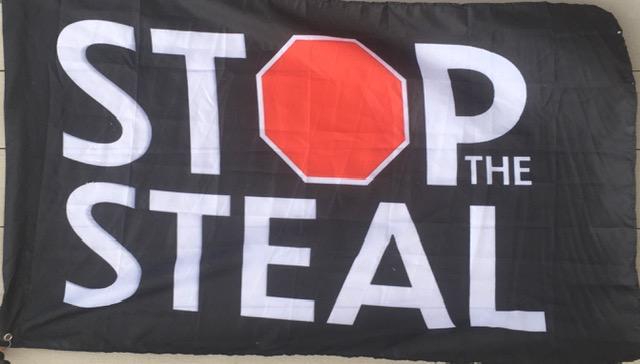

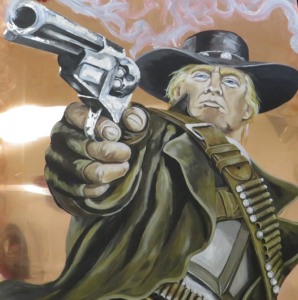






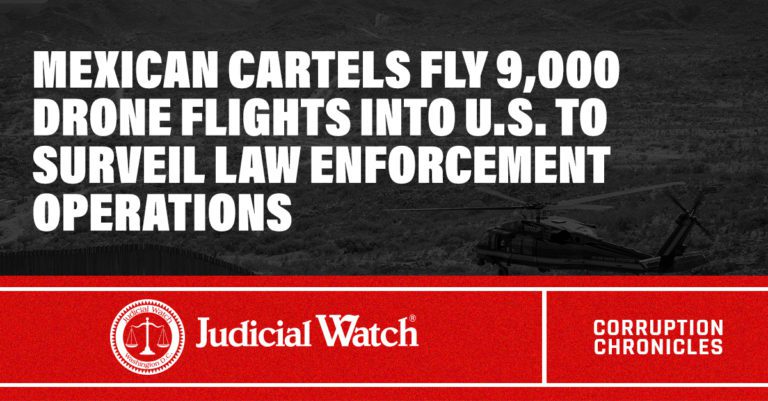



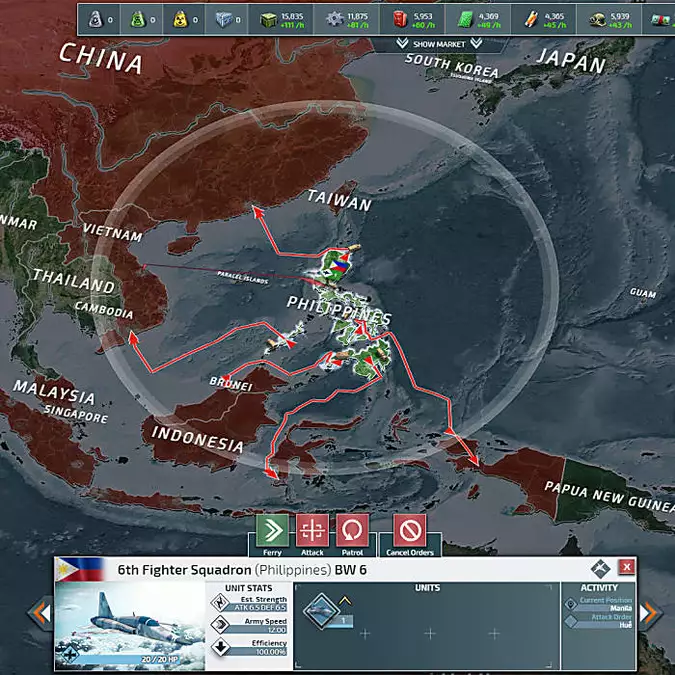

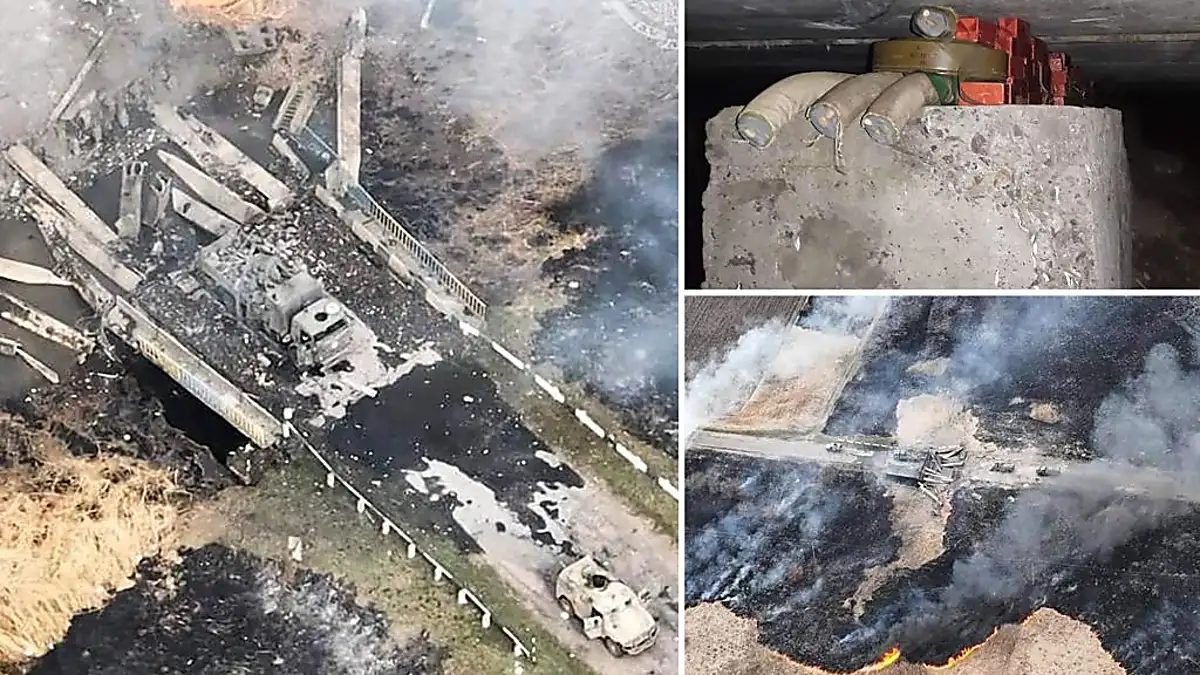




 From Kitco
From Kitco
